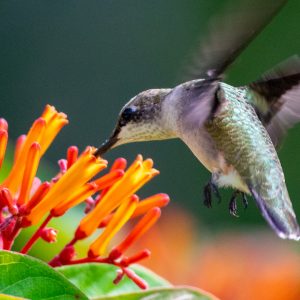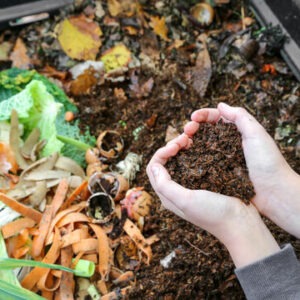As we celebrate Earth Day, here are some sustainable ideas that thoughtfully balance our personal green spaces with community benefits.
Regenerative design, permaculture, sustainable design, green building — what do all these schools of thought have in common? They emphasize care for our natural world and recognize its interconnectedness.
As we celebrate Earth Day, here are some green ideas that resonate with me — and perhaps you, too!
- Develop a sense of place by exploring and learning about nearby nature, growing native plants, eating seasonal local foods (try growing your own) and using regional building materials where possible. Apply systems thinking!
- Observe your landscape and site conditions before beginning any projects and work with nature. Shade plants will only scorch in the sun and sun plants rarely bloom in the shade. Listen to what your landscape tells you.

- Guide your garden towards its beneficial best! Enrich it with pollinator plants and layers (trees, shrubs, perennials and groundcovers) for wildlife. Skip pesticides unless absolutely necessary. Keep water from running off your property with a rain garden.
- Increase your plant palette. A wide variety of plants not only adds interest to your yard, but diverse plantings are more resilient. If you have one kind of plant covering a large section of your yard that melts in a freeze or is lost to disease, it will be expensive to replace.
 Minimize the waste you produce by composting. When leaves drop, just rake them into beds to decompose where they will act as a natural water-conserving mulch, habitat for wildlife and blanket for the soil.
Minimize the waste you produce by composting. When leaves drop, just rake them into beds to decompose where they will act as a natural water-conserving mulch, habitat for wildlife and blanket for the soil.- Add edging and value edges. If you’re creating a landscape that might look a little messy to neighbors, such as a bountiful cottage garden or wildflower meadow, add edging to reassure passersby it is intentional. Signs alerting folks to its purpose as habitat for butterflies, bees or other wildlife helps, too. Property edges are not only the perfect place for a privacy screen but can become the backbone of a layered landscape. What other marginal spaces might you use?
- Start small and slow and build toward your vision. Gardeners love to share ideas and what we have learned over time. Just ask anyone about their favorite plants, landscaping fails, Winter Storm Uri lessons, and what’s surviving the current six-year drought in their yard.
- Adapt to changing conditions with flexibility and creativity.
- Learn sustainable living skills and pass them down to the next generation. Don’t break the chain!
- Pitch in on community efforts. Conserve water in drought, participate in community clean-ups or volunteer with a citizen science project. Thoughtfully balance personal preferences with community benefits.
Feel the glow of warmth that comes from connecting with others while acting on your passion project or learning new skills to be more sustainable.
Check our events calendar often for upcoming workshops, classes and volunteer days so you can go green!


